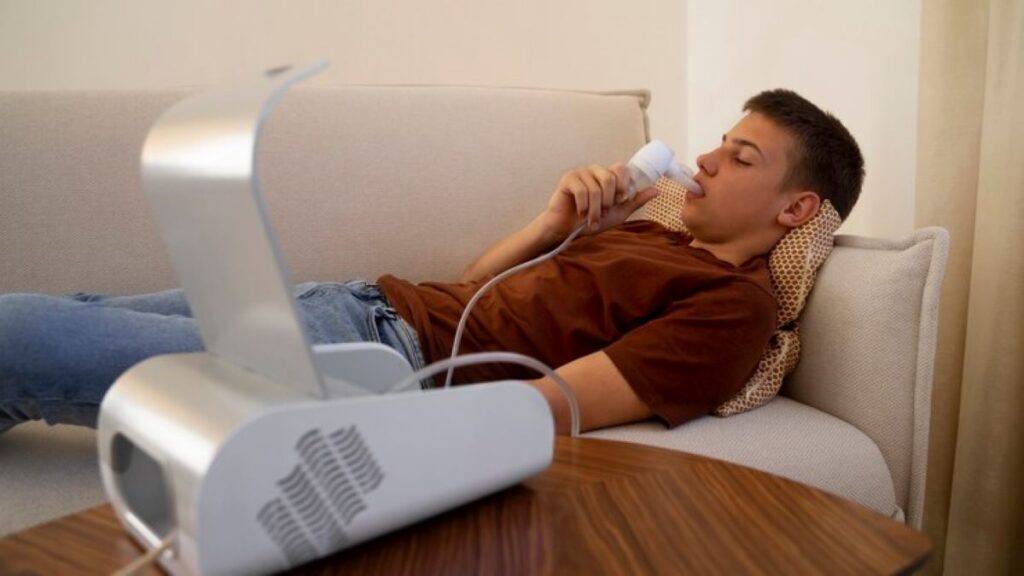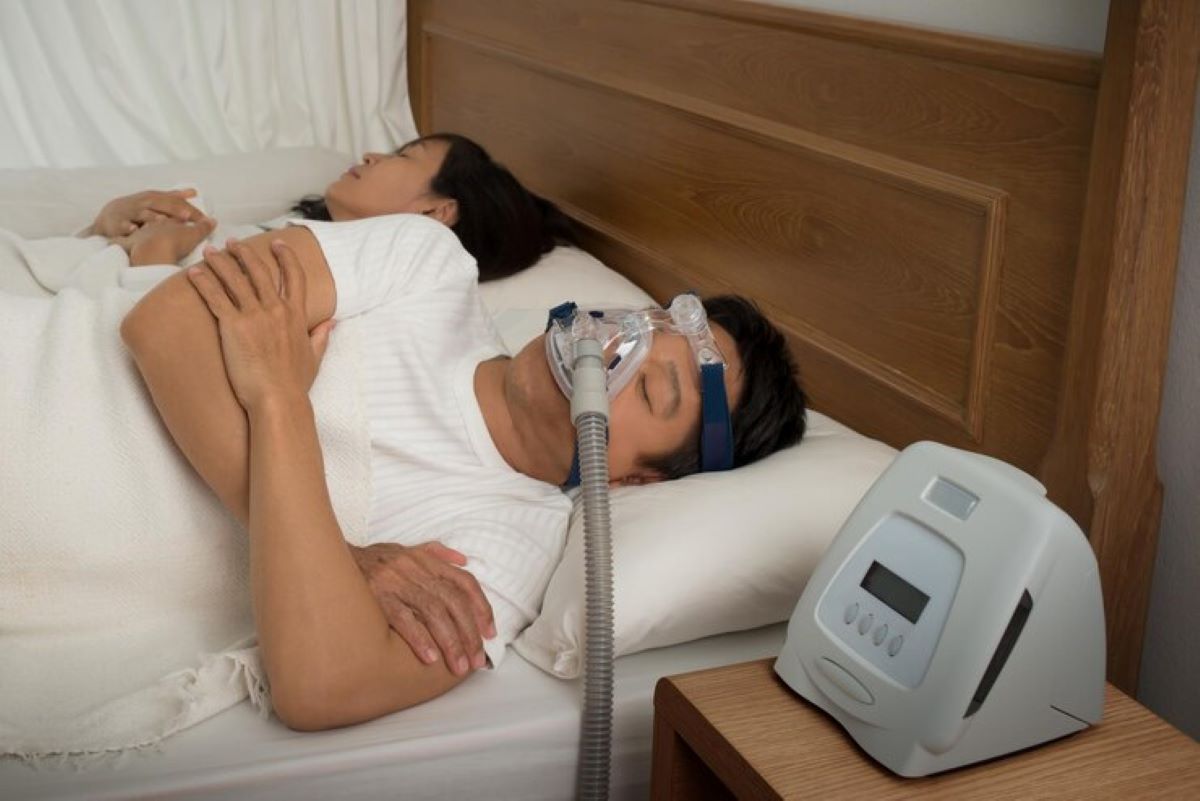Sleep is an essential component of our overall health and well-being, yet many individuals struggle with sleep disorders that can significantly impact their quality of life. In Adelaide, sleep testing has become a crucial step for those seeking to understand and address their sleep issues. This comprehensive guide will delve into what you can expect from a sleep test in Adelaide, covering everything from the types of tests available to the preparation required and the follow-up process.
Understanding Sleep Disorders
Before embarking on the journey of sleep test, it is important to understand what sleep disorders are and how they can affect your health. Sleep disorders encompass a range of conditions that disrupt normal sleep patterns, including insomnia, sleep apnoea, restless legs syndrome, and narcolepsy.
These disorders can lead to a variety of symptoms, such as excessive daytime sleepiness, difficulty concentrating, irritability, and even long-term health problems like cardiovascular disease and obesity. Recognising the signs of a sleep disorder is the first step towards seeking help.
Common Symptoms of Sleep Disorders
- Difficulty falling or staying asleep
- Frequent awakenings during the night
- Daytime fatigue or sleepiness
- Snoring or gasping for air during sleep
- Restlessness or an uncontrollable urge to move the legs
If you experience any of these symptoms, it may be time to consider a sleep test to identify the underlying issues.
Types of Sleep Tests Available in Adelaide
In Adelaide, there are several types of sleep tests available, each designed to diagnose specific sleep disorders. The most common tests include polysomnography, home sleep apnoea testing, and actigraphy.
Polysomnography (PSG)
Polysomnography is a comprehensive sleep study conducted in a sleep laboratory. During this test, various physiological parameters are monitored, including brain activity, eye movements, heart rate, and oxygen levels. This data provides a detailed picture of your sleep patterns and can help diagnose conditions such as sleep apnoea, narcolepsy, and REM sleep behaviour disorder.
The test typically requires an overnight stay in a sleep clinic, where you will be connected to various sensors that monitor your sleep throughout the night. While it may seem daunting, the process is generally comfortable, and trained professionals will be on hand to assist you.
Home Sleep Apnoea Testing (HSAT)
For those who may not require an overnight stay in a clinic, home sleep apnoea testing is an alternative option. This test allows you to monitor your sleep in the comfort of your own home using a portable device. The device measures key parameters such as airflow, oxygen saturation, and heart rate.
Home sleep tests are particularly useful for diagnosing obstructive sleep apnoea and are often recommended for individuals with a high likelihood of this condition. Your healthcare provider will guide you on how to use the device and interpret the results.
Actigraphy
Actigraphy involves wearing a wristwatch-like device that tracks your sleep patterns over an extended period, usually one to two weeks. This method is particularly useful for assessing sleep-wake cycles and can help identify insomnia or circadian rhythm disorders.
Actigraphy is non-invasive and allows for continuous monitoring of your sleep habits, providing valuable insights into your overall sleep quality.
Preparing for a Sleep Test
Preparation for a sleep test is crucial to ensure accurate results. Depending on the type of test you are undergoing, there may be specific guidelines to follow.
General Guidelines
- Avoid caffeine and stimulants in the hours leading up to the test.
- Maintain your regular sleep schedule as much as possible.
- Discuss any medications you are taking with your healthcare provider, as some may need to be adjusted.
- Wear comfortable clothing and bring any personal items that may help you feel at ease during the test.
Following these guidelines will help ensure that your sleep test is as effective as possible.
Specific Preparations for Polysomnography
If you are undergoing polysomnography, it is advisable to arrive at the sleep clinic with clean hair and skin, free from any hair products or lotions that may interfere with the sensors. You may also be asked to refrain from taking naps on the day of the test to ensure you are sufficiently tired at bedtime. Click here to get more about bulk-bill sleep study in Adelaide: how to access affordable testing.
What Happens During the Sleep Test
Understanding what to expect during the sleep test can alleviate any anxiety you may have. Upon arrival at the sleep clinic, a technician will explain the procedure and help you get settled.
Setting Up for the Test
Once you are in your designated sleep room, the technician will attach various sensors to your body. These may include electrodes on your scalp to monitor brain activity, sensors on your face to track eye movements, and belts around your chest and abdomen to measure breathing patterns.
After the setup is complete, you will be encouraged to relax and prepare for sleep. The room is designed to be comfortable and conducive to sleep, with dim lighting and a quiet atmosphere.
Monitoring Your Sleep
Throughout the night, the technician will monitor your sleep from an adjacent room, ensuring that all equipment is functioning correctly. You may be asked to change positions during the night to gather more comprehensive data.
In the case of home sleep apnoea testing, you will follow the instructions provided to set up the device and wear it while you sleep. The device will automatically record your sleep data for analysis.

Interpreting the Results
After the sleep test, the collected data will be analysed by a sleep specialist. The results will help determine whether you have a sleep disorder and, if so, what type it is.
Understanding Your Diagnosis
Once the analysis is complete, your healthcare provider will discuss the findings with you. If a sleep disorder is diagnosed, they will explain the implications and potential treatment options available. This may include lifestyle changes, the use of continuous positive airway pressure (CPAP) therapy for sleep apnoea, or medication for insomnia.
It is essential to have an open dialogue with your healthcare provider to address any questions or concerns you may have regarding your diagnosis and treatment plan.
Follow-Up Care
Follow-up appointments are crucial for monitoring your progress and adjusting your treatment plan as necessary. Your healthcare provider may recommend additional tests or adjustments to your therapy based on your response to treatment.
Maintaining a sleep diary and tracking your symptoms can also provide valuable insights during follow-up visits, helping to refine your treatment approach.
Conclusion
Sleep testing in Adelaide is a vital step for anyone struggling with sleep disorders. By understanding what to expect from the process, from the types of tests available to the preparation and follow-up care, you can approach your sleep study with confidence. Taking control of your sleep health is essential for improving your overall quality of life, and seeking professional help is the first step towards achieving restful nights and rejuvenated days.

